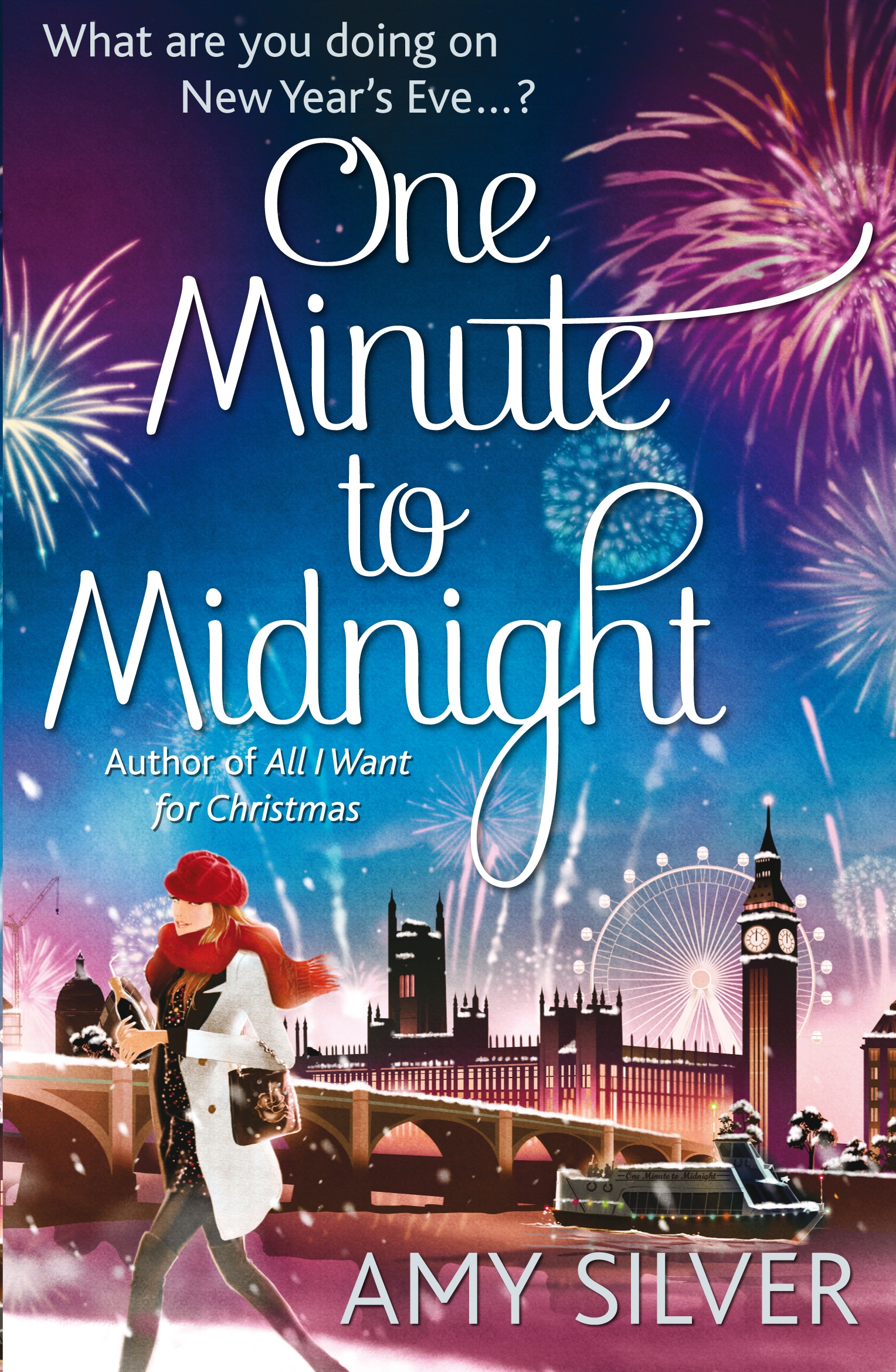


Two responses are common: fear of losing/not winning work, and fear of not having/living our own answers. I look in the mirror and ask, ‘Who am I being today?’ The more I work with myself the more I can deal with my filters and serve the client and the world.” What are we worried about? Williams says: “We work with clients in a shared space. Wanting to serve something bigger stimulates our development. Coaching can be seen as a spiritual activity.”

As coaches we are coaching a soul – a place of perfectness within us surrounded by a body that can do things imperfectly. “And it goes deeper: “Coaching affects every single area of life. Johnson highlights the win-win nature of doing good. The whole of me is there – you draw on all of it.” One minute on a global scale, another about the office. There’s spontaneity and the agility to go with whatever will enable them to move forward in their mission.
3 MINUTES TO MIDNIGHT BOOK FREE
There’s a creative space I feel completely free in.

Woolston echoes this: “I love working with people who have that incredible ability to make good things happen. Camilla Arnold, global head of coaching for coach broker DIG, says: “There are clients I work with and clients I play with.” Something powerful seems to happen when deeply held values are shared. By working with these people I expand the possibilities.”Īnd perhaps we owe it to clients. Virginia Williams works with many corporates as well as leaders in international charities: “I have a need to make a difference in the world. But the main agenda is generated by them, if not co-created.”įor Hill, whose clients include a lot of UK-based charitable organisations, “it’s about being clear with the client”.Īnother angle is about ourselves and our own integrity. “My agenda is set in agreement with the client. Woolston has been involved in Community Links in East London for 21 years, and coaches various charity leaders. Linda Woolston and Jacqueline Hill have similar perspectives. His view? “Bringing what we care about is legitimate if it is a described aim for the coaching.” Neil Johnson was chair of Quaker Social Action for nine years and is now a coach working with charities and community social action organisations. We care, but what can we do? Should we bring our agenda to the conversation? It’s a common challenge in the profession.
3 MINUTES TO MIDNIGHT BOOK HOW TO
I was left with tough questions: Do I have the right to ask such things of clients? Are my clients at the right level to be able to answer them and do something? And, if yes to these, how do I open up the subject?”īurnell has been exploring how to bring the answers into her work and personal life ever since. He was opening my eyes when there was enough to be getting on with in starting the business. He asked, ‘What are you doing to make the world a better place?’ It was a body blow. “I was at an event in Wimbledon, London, five years ago. It was a similar story for Sue Burnell of This Is Business Coaching. But my problem is the telling,” she says. We do need to convince people it’s three minutes to midnight. “I sort of agree with him, but it’s not the right thing to say. This one was retold to us by Marianne Craig of Firework Coaching and MIRUS (a collaborate venture of coaching for social change). You can always rely on Sir John Whitmore for a comment to stimulate conversation. “It is our duty to refuse to work with any organisation if it is not about changing the world.”


 0 kommentar(er)
0 kommentar(er)
